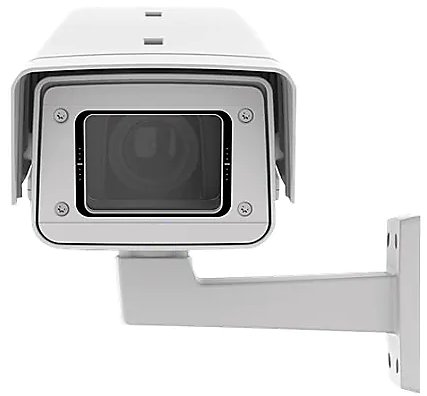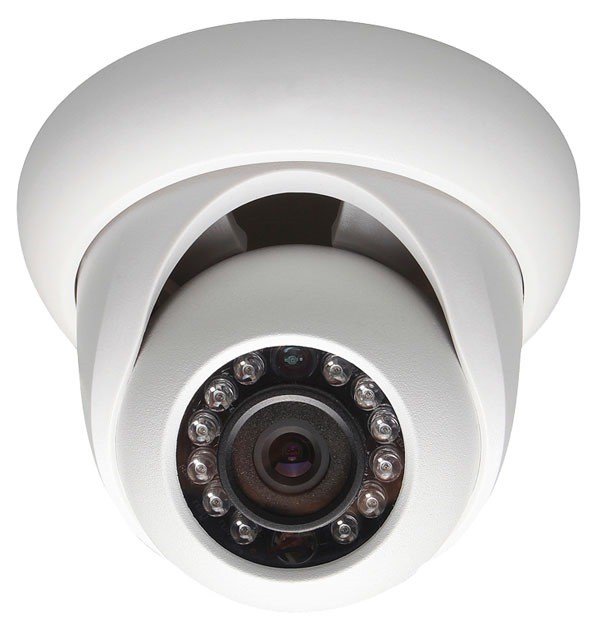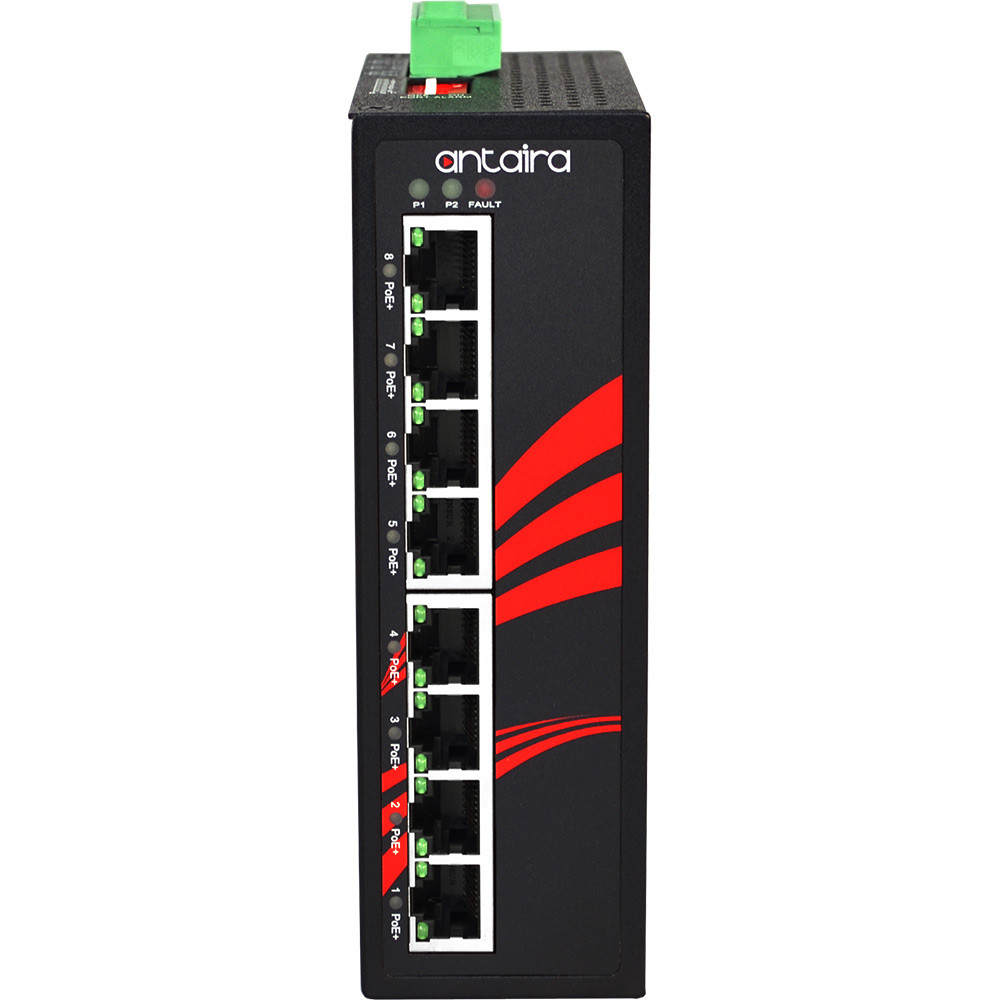Power over Ethernet (PoE) is a vital technology for many network engineers and administrators. In decentralized network nodes and components, getting power and data can prove unbelievably challenging. PoE has offered a direct, efficient solution for years, and it’s massively popular for a reason.
PoE, in general, has grown dramatically in use over the past five years. Since 2016, it has been maintaining a 13-percent annualized growth rate in total sales, and PoE alone expects to be a billion-dollar market by 2022. It’s easy to see why. The convenience and efficiency of running power and communication through a single line make networking design easier, cheaper, and more flexible. With ports each supplying from 15 to 100 watts (W) on various iterations of PoE, there are plenty of options to precisely build a network the way you want.
PoE++
Much of the growing PoE market comes from finding increasing ways to exploit the concept. As PoE becomes more capable, use cases expand exponentially. PoE++ has been around just long enough to begin to see some creative uses and rapid growth in the market share.
Let’s cover the basics. PoE runs on IEEE 802.3af/at/bt standards. IEEE 802.af specifies the maximum power delivered by the power sourcing equipment (PSE) to be 15 W. IEEE 802.at, also known as PoE+, provides up to 30 W. The IEEE 802.3bt specifications, known as PoE++, introduced two power levels. It specifies up to 60 W (Type 3) and 100 W (Type 4) to devices over Ethernet (although at the time of this writing, most devices cap at 90 W). PoE++ can still deliver Gigabit speeds through these lines. Overall, it offers high power and high speed at the same time. To learn more about these specifications, Wikipedia compiled a comparison of PoE parameters.
With these stats, a few applications became common almost overnight. PoE++ devices run smart buildings. Healthcare facilities often utilize PoE++ to expand connectivity and infrastructure with minimal service interruption. Smart offices similarly love PoE++ to connect ever more devices, even as power demands slowly climb. To a lesser extent, high-end smart homes are seeing similar applications. If it can deliver power and internet to more end-users with fewer access points, it’s ideal for many intelligent building applications. Outside of these apparent uses, PoE++ usage is rapidly growing in a handful of applications that are more niche in their nature.
Industrial Automation
Industrial automation is driving many changes in networking as a whole. Smarter, more responsive systems allow manufacturers to cut costs and push efficiency to the limit. With PoE++, overall networking infrastructure costs may be slashed. The higher wattage is excellent for massive sensors and more sophisticated controllers in every corner of industrial automation. PoE++ is extremely useful for powering workstations and human-machine interfaces (HMI). There is plenty of work that requires the human touch, and PoE++ gives you even more freedom in how you design your physical layout. When you don’t need to run power lines, you can install HMIs in previously inaccessible locations. And, with the option to split your PoE++ power, you can run more devices from a single industrial Ethernet switch. With 90 watts, you can easily power a large HMI. Considering how efficient high-end industrial HMIs are, the potential for PoE++ workstations is note-worthy.
Internet of Things (IoT)
It’s safe to say that IoT is here. It’s no longer the anticipated emerging technology. Full IoT deployment is generating large-scale data in many industries, and everyone is scrambling to find cheaper ways to make it work. PoE++ offers a case study for powering small-scale devices.
IoT nodes typically use as little power as possible, but they still need electricity. When the distance isn’t an issue, PoE++ can offer the most cost-effective means of powering each node. The higher wattage allows for extensive PoE splitting. With Ethernet switches akin to the Antaira LNP-0800-60-24 (Type 3) and LMP-1204-SFP-bt-24 (Type 4), multiple splits may be implemented on each Ethernet line. This method allows for IoT communication without batteries or a complete redesign of power lines. IoT systems offer greater flexibility than ever before.
Even outside of the specific scope of IoT, PoE splitting is a much more powerful technique than it used to be. Mobile device stations can be placed anywhere in a facility, allowing for fast communication and recharging wherever it might be needed.
Point of Sale (POS)
Point of Sale is an older application for PoE in general, but PoE++ is transforming the concept. As POS systems continue to gain sophistication, they need more broadband and a higher wattage. Considering that iPads and comparable devices are taking over many POS duties, the power draw is much higher than it was 10 to 20 years ago. PoE++ can meet that demand several times over. Multiple POS devices can connect to a single PoE++ switch without missing a beat.
According to Apple, the iPad Pro charger draws 29 watts to stay charged. That allows a 90W PoE++ switch to power three comparable POS nodes simultaneously. When you compare that to needing a PoE switch for each POS several years ago, the advances add up quickly.
Digital Security

Security cameras are on a list of uses that helped push PoE into the spotlight many years ago. The idea of powering a camera on the same line that allowed it to communicate was novel and exciting. With PoE++, that same innovative excitement is returning to digital security.
With more watts at your disposal, entire security systems can now run on PoE++. Cameras are great, but security controllers, ID scanners, and even door lock motors can get their power from the same source. It all routes through a master control node at any point of entry (such as a smart doorbell). In all, PoE++ is reshaping the landscape of digital security networking, and as devices push into even higher power delivery, digital security will continue to benefit immensely from the innovations.
These are trending uses for PoE++ that are seeing new developments and growing literature. None of this even touches on highly innovative or creative applications. Ninety watts is a substantial power increase from older iterations of PoE, and it’s enough to open many doors. With a little math and creativity, you can reimagine how you approach industrial networking as a whole, and options that were once only fantasy can become staples in your network.


Leave a Reply